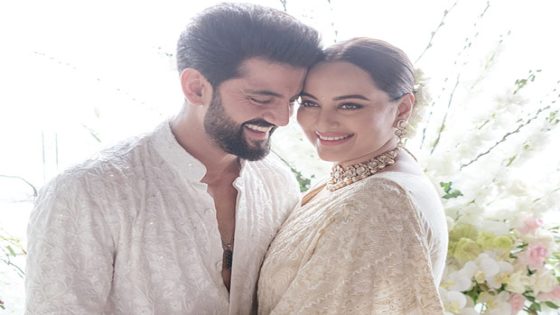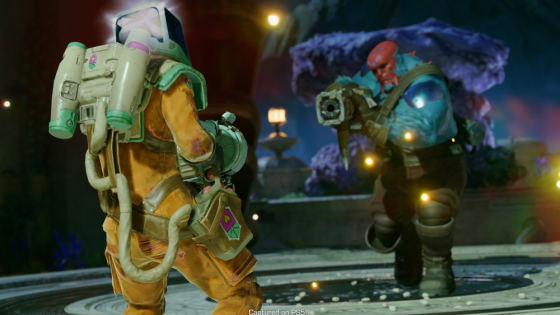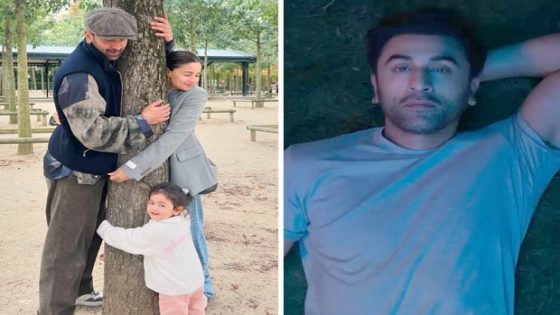PHOENIX — This week, hundreds of the best amateur prospects eligible for the 2024 MLB Draft will descend upon Chase Field to participate in the fourth annual MLB Draft Combine. With the first two rounds of the draft scheduled to commence on July 14 during All-Star weekend in Dallas, this is a premier opportunity for players to boost their stock in the weeks leading up to the 20-round draft.
Here’s everything you need to know to get ready for the MLB Draft Combine.
What is the MLB Draft Combine?
The combine is a multi-day event in which players eligible to be selected in the upcoming draft participate in organized workouts, medical evaluations and interviews with a range of club personnel as a streamlined, league-sanctioned process through which players can showcase their skills on the field and personalities off it to all 30 MLB organizations.
The first two days will feature on-field workouts and a formal scrimmage featuring exclusively high school players, and the remaining days will include strength and conditioning assessments, medical reviews and interviews between players and club personnel.
How long has this been a thing?
Don’t feel bad if you’re unfamiliar with this event. This is only the fourth year MLB has held a draft combine and only the second time it has taken place at Phoenix’s Chase Field, with the inaugural showcase held in Cary, North Carolina, in 2021 and the second combine set at San Diego’s Petco Park in 2022.
While the MLB Draft dates back to 1965, only recently have the event and the process surrounding it started to become more accessible to fans and more promoted by the league. Unlike the NFL or NBA Drafts, which have been television spectacles for decades, it wasn’t until 2009 that the MLB Draft was televised. From 2009 to 2020, the draft — or, at least, the first couple of rounds — took place in early June at the MLB Network studios in Secaucus, New Jersey. In 2021, MLB pushed the draft back a month to allow for it to be part of All-Star weekend, which also created the opportunity for it to become more accessible to fans, who are able to attend the draft on that Sunday evening. This has helped make the scene on television (and in person) more like that of the other major sports leagues’ drafts, albeit on a considerably smaller scale.
Solidifying the combine as a crucial week on the baseball calendar marks the latest effort from MLB to grow awareness and hype among fans regarding its draft, and it’s an obvious opportunity to highlight the amateur players who hope to become stars at the big-league level in the future.
What happens at the Combine?
On Tuesday and Wednesday, Chase Field will be packed with players cycling through batting practice and bullpen sessions, all of which will be monitored by the same motion-tracking technology used during big-league games. Players who choose to participate in the on-field workouts will in turn produce data such as exit velocities, launch angles and projected distances for batted balls for hitters or velocity, movement and spin for pitchers. For some high school players, this will be their first time performing in a setting that allows for these distinctly measured evaluations, affording them the chance to objectively separate themselves from their peers by hitting certain benchmarks.
On Tuesday evening, a selection of high school players will compete in an actual game, affording scouts the opportunity to see prospects perform in a more formal setting beyond batting practice and bullpen sessions. This is a particularly valuable opportunity for prep players who hail from areas where the competition is lesser than it is in, say, Florida or California, as they can showcase their skills in a game setting against a higher caliber of peers.
Because collegiate prospects have significantly more chances to prove themselves against higher levels of competition over the course of an NCAA season, there is less incentive to organize an official game for those players at the combine. To that end, even beyond the game, the high school players in attendance are more likely to participate in on-field workouts because they have more to gain by demonstrating their pure physical abilities than college players with a much larger sample of statistics on which their evaluations are already based.
On Thursday and Friday, players will undergo a series of strength and conditioning assessments that track a vast array of physical traits, from foot speed and grip strength to agility, vision and much, much more.
Beyond the workouts on the field, arguably the most important element of the event is the opportunity for teams to meet players individually and get to know them better, a vital process for both sides to feel comfortable before offering or agreeing to sign a multi-million-dollar bonus in the first few rounds of the draft. The statistics and physical attributes sometimes only go so far for a prospect; it’s absolutely imperative that a team feels confident in a player’s potential to get the most out of his natural ability as he enters the grind of professional baseball.
While area scouts meet with players throughout the year, no other event affords the opportunity for a larger number of front office personnel to sit down in person with this many draft-eligible prospects over such a short period of time. Each MLB club has its own suite in Chase Field that players will cycle through for interviews over the course of the week. Each team handles this process differently, with some sending 10-plus members of the front office to participate in interviews and others sending just a handful of representatives from the amateur scouting department.
In addition, some teams narrow their list of interviews to a few dozen players of interest, while others try to squeeze as many intel-gathering conversations into the week as possible. While these discussions take place behind closed doors, they can have every bit the impact on a team’s draft board as what takes place on the field.
Which players will be in Phoenix?
More than 300 draft-eligible players accepted invitations to attend the combine in Phoenix, including 171 of MLB Pipeline’s Top 200 prospects for this year’s class. Roughly 60% of the players in attendance will be from the collegiate ranks (including a handful of junior-college players), and the rest will be prep players from high schools across the U.S. and Canada. There’s even a player scheduled to attend who plays his high school ball in Anchorage, Alaska!
The two consensus best high school players — Konnor Griffin, a shortstop from Mississippi, and Bryce Rainer, a shortstop from California — will be in attendance, as well as a high percentage of the best prep prospects in this year’s class. However, the same cannot be said about the rate of attendance among the elite college players in this year’s class. J.J. Wetherholt, an infielder from West Virginia University and one of the most advanced hitters in this year’s draft class, is the highest-ranked college player expected to attend. East Carolina University right-hander Trey Yesavage, widely considered the third-best collegiate pitcher available, will also be in Phoenix. But a few notable names were missing when MLB announced the list of attendees last week.
Who are the top prospects not attending?
By about midway through the Division I season, a clear tier of eight elite college players began to separate themselves atop the 2024 class. With the college season now winding down, those eight players are still widely expected to go off the board in some order over the first 10 or so picks next month. As such, it’s difficult to ignore that Wetherholt will be the only one of that group at the combine. On one hand, it’s understandable that the players at the top, particularly after a lengthy college season, might feel they have little to prove at an event of this nature and instead choose to stay home and rest ahead of the draft. Not attending the combine will not prevent them from communicating with teams over the next few weeks, and it’s likely that these select players see less value in connecting with a wide swath of teams when they are expected to be chosen in the first handful of picks. On the other hand, even if they were unlikely to participate in on-field workouts, it would be great to see more of the highest-profile players in a setting that would enable more casual fans to get to know them before they officially enter the pro ranks.
The other big factor limiting attendance — including for a few in that top tier of eight — is a strictly logistical one: the Division I Men’s College World Series is ongoing in Omaha, Nebraska, which means there are players on the rosters of the seven teams still competing who accepted combine invitations and thus are listed as participants but are unlikely to attend. That includes likely top-10 pick Braden Montgomery of Texas A&M, North Carolina outfielder Vance Honeycutt and Florida State outfielder James Tibbs III. It’s possible that some of the players on teams that get eliminated early this week will still attend the combine, but that isn’t the expectation.
How can I follow along?
MLB Network will broadcast the combine starting at 1 p.m. ET Tuesday, with coverage of the workouts taking place on field as well as the interviews with some of the top players in attendance.
Jake Mintz and I will also be in attendance, so stay tuned for more Yahoo Sports coverage from Phoenix.
Source Agencies



